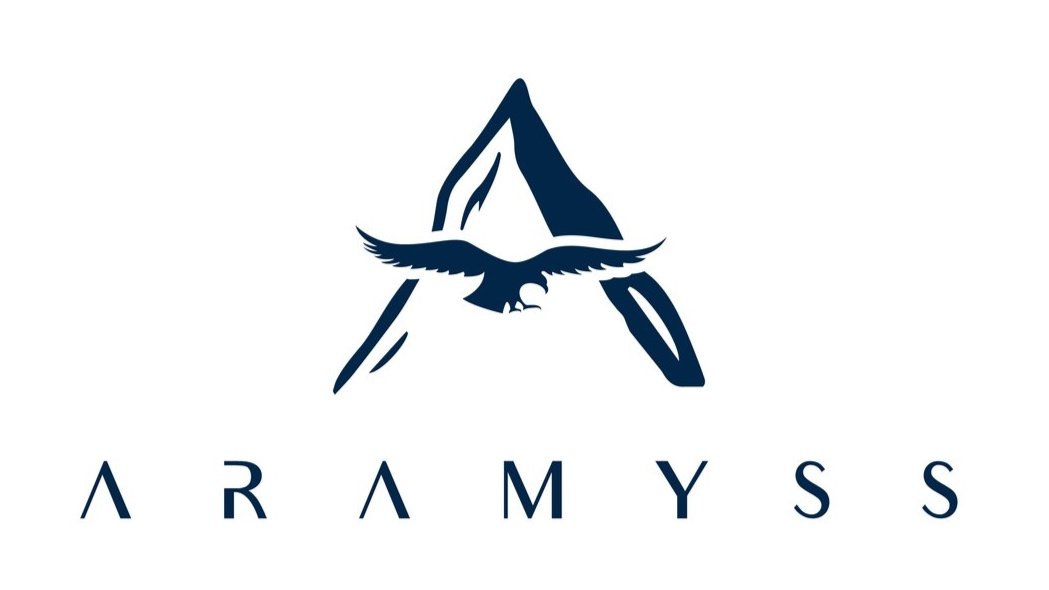Turning CEO Errors Into Leadership Growth
We all have moments in our professional lives that become pivotal turning points - the ones that shake us to our core. As a former CEO, mine revolved around a colossal miscalculation in managing the "rainmakers" in my organization.
Rainmakers - the high-achieving individuals skilled at bringing in new business and revenue, who can be both a blessing and a curse. The blessing is obvious, but the curse - their resistance to being managed, their strong personalities that can create turbulence in the organization - was something I failed to handle effectively.
My oversight was costly. It led to an atmosphere of instability and the formation of power-hungry fiefdoms within the organization. As a result, I watched my company become a battleground, threatening its very essence. Does this scenario sound familiar to you?
After selling the company, I found myself at a crossroads, swallowed by guilt and regret, but also ignited by a strong desire to grow and make amends. My journey towards introspection opened up the path towards becoming an executive coach, a path filled with rich lessons about managing high achievers.
But the transition wasn't overnight. I had to unpack years of ingrained habits, challenging my own preconceptions about leadership. It was a tough road, but every step brought me closer to understanding what it truly means to lead, especially when it comes to guiding rainmakers towards their true potential.
Based on these humbling lessons, I want to share my top three insights to help you avoid making the same mistakes I did:
Foster Growth: Help high achievers develop a clear vision of who they aspire to be, whether it's a particular role or a specific type of leader. Focus on personal development, and create a compelling vision of their future. It's a profound transformation that I have observed in my coaching practice, shifting driven individuals to truly inspiring leaders.
Embrace Feedback: Encourage them to regularly seek feedback using specific, targeted questions. This practice fosters a culture of openness and collaboration and helps high achievers understand their impact on the team. Seeing their growth through this process has been one of the most rewarding aspects of my coaching journey.
Cultivate Trust: Facilitate discussions among your top team to create shared understandings of trust and collaboration. Identifying the gap between their current state and desired state can serve as a catalyst for personal and team transformation.
My story isn't unique. Many leaders struggle with managing high-achieving individuals. The key lies in learning from our mistakes, growing from them, and finding ways to transform those lessons into actionable strategies for success.
I often wonder how my journey as a CEO would have looked if I had known these lessons then. While I can't change my past, I can certainly impact the future by imparting these lessons, hoping they guide you towards a successful leadership journey.
Image by DCStudio on Freepik
